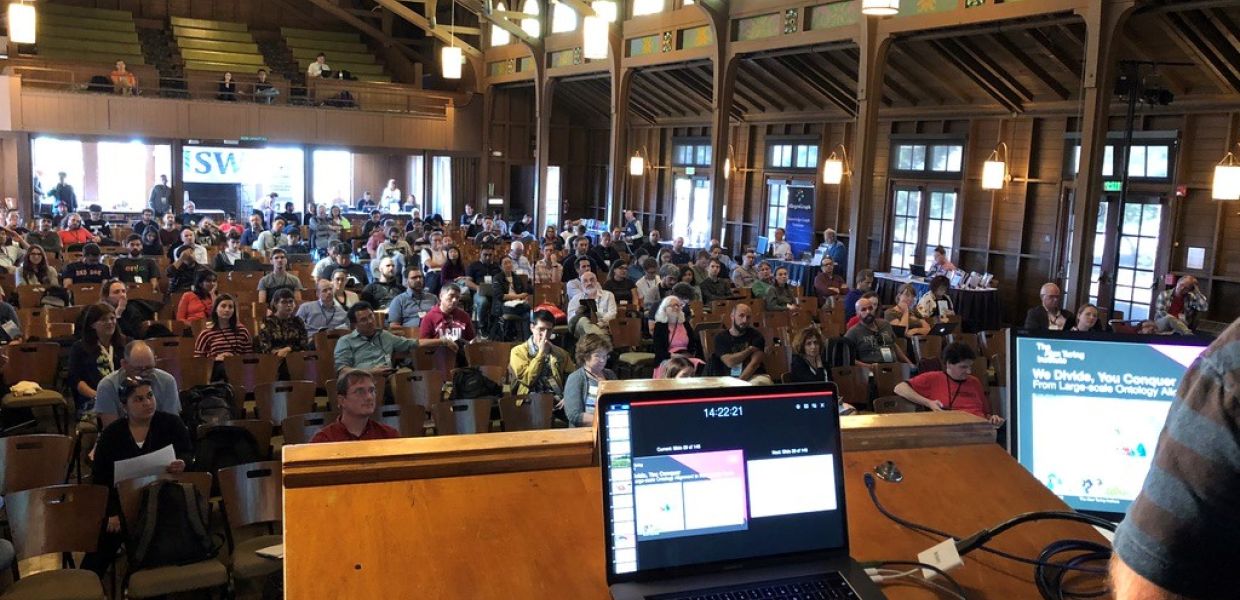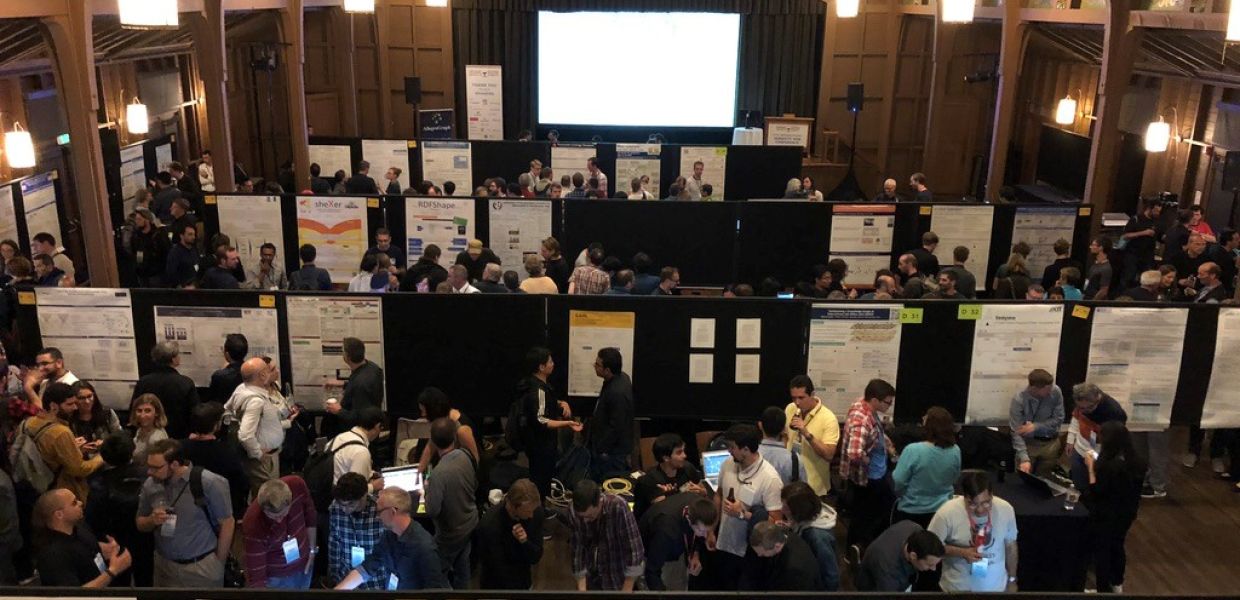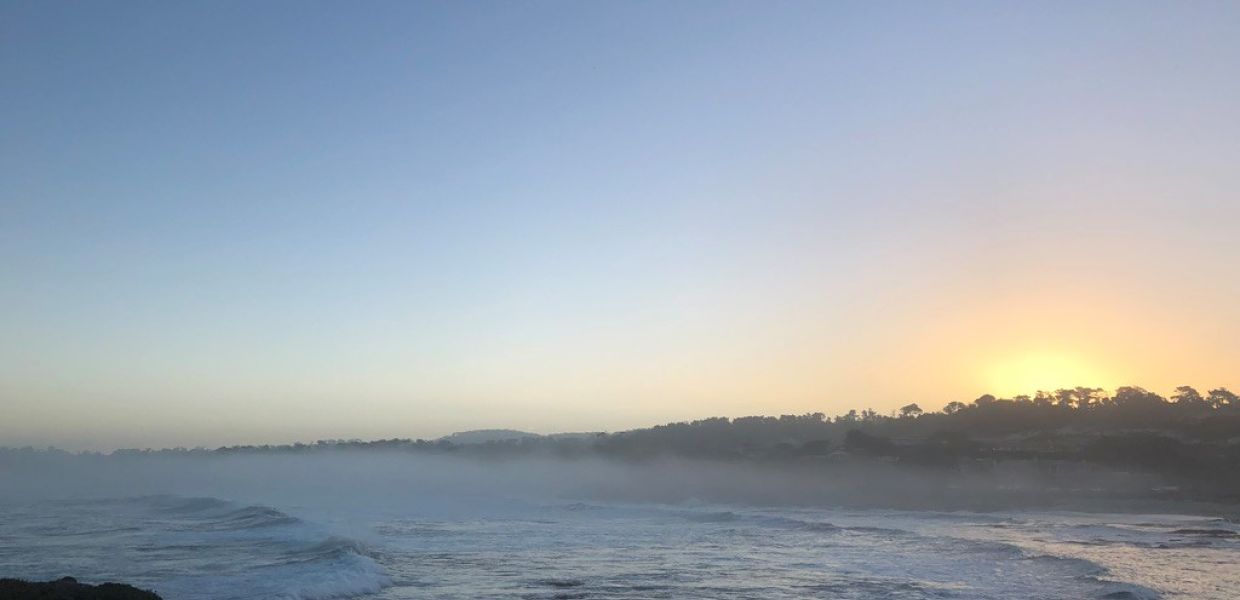From 8-12 October, the 17th International Semantic Web Conference took place in beautiful Monterey California, USA. The conference attracted some 470 participants from 33 countries. The main conference was preceded by 16 workshops, six tutorials and the doctoral consortium. The conference itself featured three excellent (female) keynote speakers, 27 paper sessions (three or four in parallel), a posters and demos session and various social events (such as the Ada Lovelace celebration during which participants could edit Wikipedia entries for women in STEM).
Cultural heritage gets everywhere
As has been the case for many years in the conference, cultural heritage use cases are presented in many different sessions (all session information, papers and presentations are linked at the end of the article). There was for example a presentation on the The Rijksmuseum Collection as Linked Data in the Scholarly Data session, a presentation on Building Linked Data from Historical Maps in the Semantic Science Workshop, a resources paper in the Ontologies and Data Integration session on DOREMUS: A Graph of Linked Musical Works, a paper on a historical recipe data web that I co-authored in one of the Information Extraction sessions, research on the Exploration of Grateful Dead Concerts and Memorabilia on the Semantic Web and U.S. Congress Prosopographer—A Tool for Prosopographical Research of Legislators in the Posters and Demos session, an industry track paper How to Maintain a Linked Data Cloud in a Deployed Semantic Portal using a WOII use case, and an entire workshop devoted to Semantic Application for Audio and Music.
I was excited to see that so many different perspectives on semantic web research cultural heritage in all ‘corners’ of the conference this year. Especially the move to modalities different from text such as maps and audio is quite exciting. Whilst there were no dedicated cultural heritage sessions such as that for healthcare, it was difficult to not come across any cultural heritage work at the conference.




